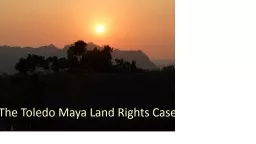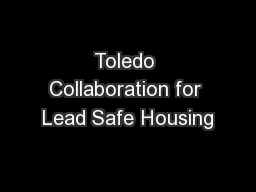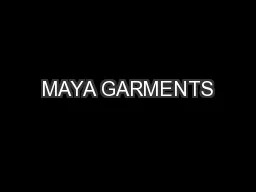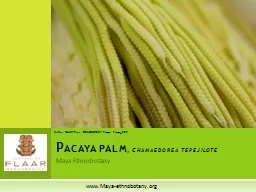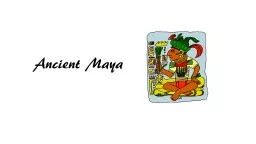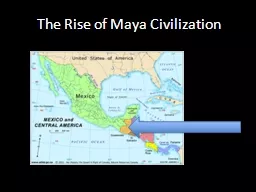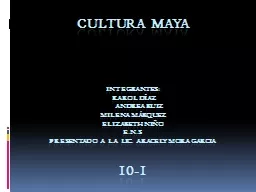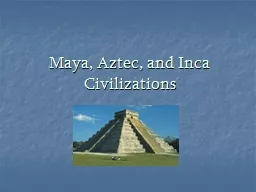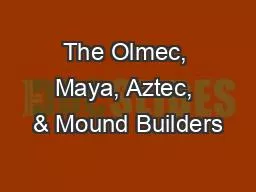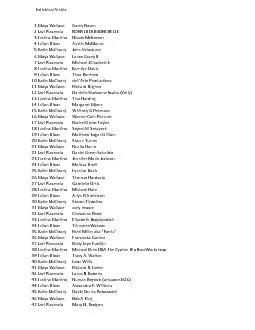PPT-The Toledo Maya Land Rights Case
Author : natalia-silvester | Published Date : 2017-08-06
The ongoing struggles for indigenous land rights are strongly rooted in colonial political economy These struggles largely concern lands that were claimed by the
Presentation Embed Code
Download Presentation
Download Presentation The PPT/PDF document "The Toledo Maya Land Rights Case" is the property of its rightful owner. Permission is granted to download and print the materials on this website for personal, non-commercial use only, and to display it on your personal computer provided you do not modify the materials and that you retain all copyright notices contained in the materials. By downloading content from our website, you accept the terms of this agreement.
The Toledo Maya Land Rights Case: Transcript
Download Rules Of Document
"The Toledo Maya Land Rights Case"The content belongs to its owner. You may download and print it for personal use, without modification, and keep all copyright notices. By downloading, you agree to these terms.
Related Documents

